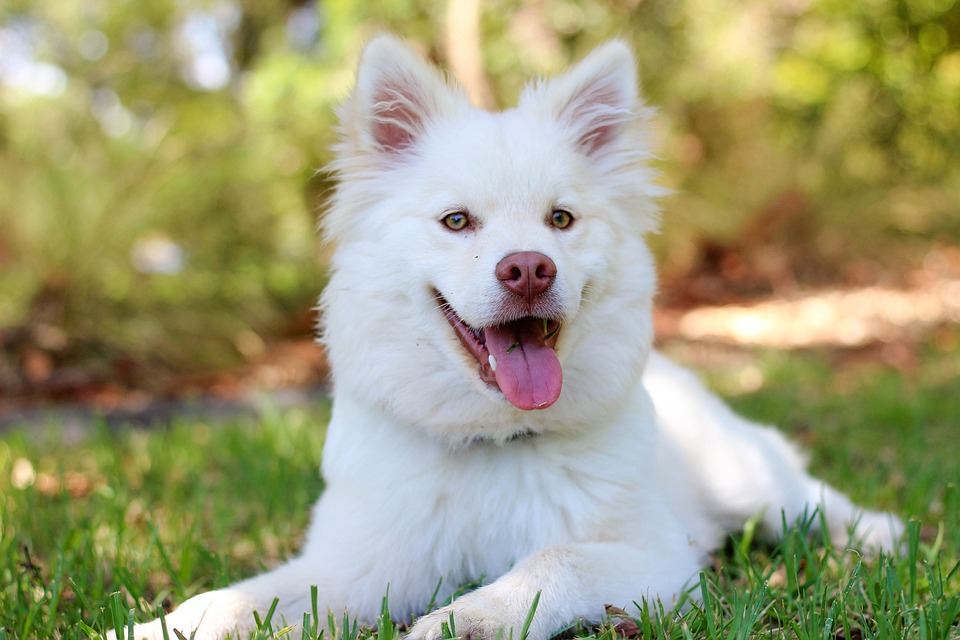**Establishing a Calm and Focused Working Space for Dog Training**
Creating an environment conducive to effective dog training is essential for successful outcomes. A calm and focused working space can significantly enhance your dog’s learning experience, improve their attention span, and ultimately lead to more successful training sessions. In this article, we will explore some essential tips and techniques for establishing a serene and productive working space that will help you and your furry friend achieve your training goals.
1. **Choose the Right Location**
Selecting an appropriate location for your training sessions is the first step in establishing a calm and focused working space. Consider the following factors when choosing a spot:
a) **Quiet and Distraction-Free**: Look for an area in your home or yard that is free from excessive noise and other distractions. This will allow your dog to concentrate better and minimize the chances of them getting easily distracted during training.
b) **Adequate Space**: Ensure that the training area is spacious enough to accommodate both you and your dog comfortably. Sufficient space allows for better movement, reducing the likelihood of your dog feeling confined or restricted.
c) **Indoor or Outdoor**: Decide whether you prefer to train indoors or outdoors, depending on the nature of the training exercises and your dog’s preferences. Some dogs thrive in the fresh air and open space of an outdoor environment, while others feel more secure and focused indoors.
2. **Establish Clear Boundaries**
Once you have chosen the location, it is essential to establish clear boundaries within the working space. This helps your dog understand the training area and provides a sense of structure. Consider the following guidelines:
a) **Use Visual Markers**: Utilize small cones, flags, or any visual markers to define the boundaries of the training area. These markers will serve as a visual cue for your dog, helping them understand the designated space.
b) **Consistency is Key**: Maintain the same boundaries during each training session. Dogs thrive on routine and repetition, so providing a consistent environment will aid in their focus and comprehension of the training exercises.
3. **Minimize Distractions**
To ensure a calm and focused working space, it is crucial to minimize distractions that might divert your dog’s attention away from the training. Here are some helpful strategies:
a) **Remove Temptations**: Clear the training area of any toys, food, or objects that may distract your dog. By removing potential temptations, you create an environment that encourages your dog’s attention solely on you and the training exercises.
b) **Manage Noise Levels**: If you cannot control external noise, such as traffic or neighbors, consider using white noise machines or calming music to mask distracting sounds. This will help your dog maintain focus and prevent them from getting startled or anxious during training.
4. **Create a Positive Atmosphere**
Establishing a positive atmosphere in your working space is vital for effective dog training. Dogs respond best to positive reinforcement, so it is essential to create an environment that promotes learning and encourages your dog’s enthusiasm. Consider the following techniques:
a) **Plenty of treats and Rewards**: Ensure you have an ample supply of treats and rewards readily available during training sessions. Positive reinforcement helps motivate your dog and reinforces desired behaviors, making the training experience more enjoyable for both of you.
b) **Use Encouraging Body Language**: Maintain an upbeat and confident posture during training. Dogs can sense your energy and respond positively to your body language. By remaining calm, yet enthusiastic, you will create an atmosphere that encourages your dog to engage and learn.
**FAQs**
**Q1: How long should each training session be?**
A: The ideal duration for a training session depends on your dog’s age, breed, and individual attention span. Start with short sessions, around 5-10 minutes, and gradually increase the duration as your dog becomes more comfortable and focused.
**Q2: Can I use the same training space for multiple dogs?**
A: Yes, you can use the same training space for multiple dogs. However, it is crucial to ensure each dog has their individual training sessions to avoid distractions and maintain focus.
**Q3: Should I train my dog on an empty stomach?**
A: It is generally recommended to train your dog when they are slightly hungry. This increases their motivation and responsiveness to treats and rewards during training. However, avoid training them when they are excessively hungry or immediately after a large meal, as it can affect their focus and energy levels.
Establishing a calm and focused working space is fundamental to successful dog training. By choosing the right location, setting clear boundaries, minimizing distractions, and fostering a positive atmosphere, you will create an optimal environment for your dog’s learning and growth. Remember, patience and consistency are key to achieving your training goals. Happy training!









